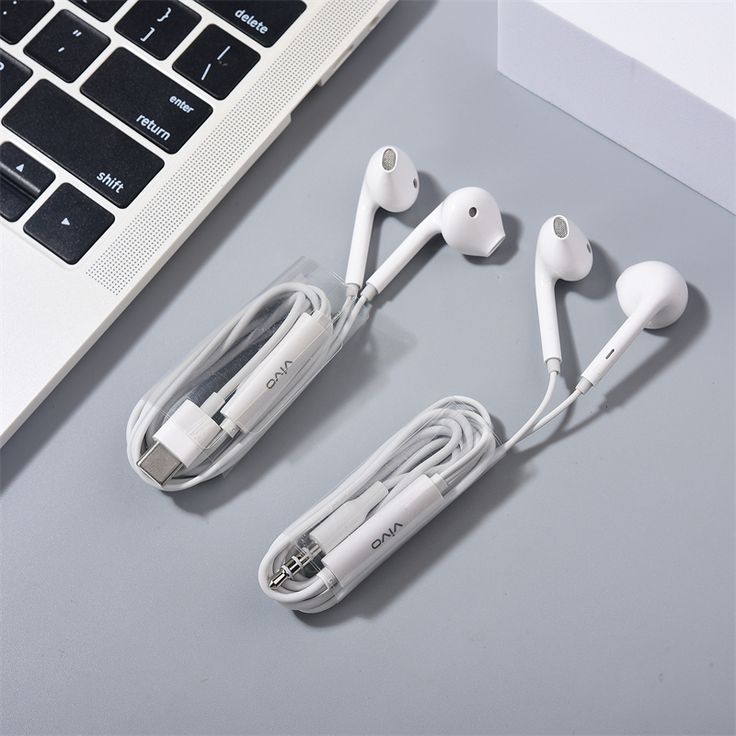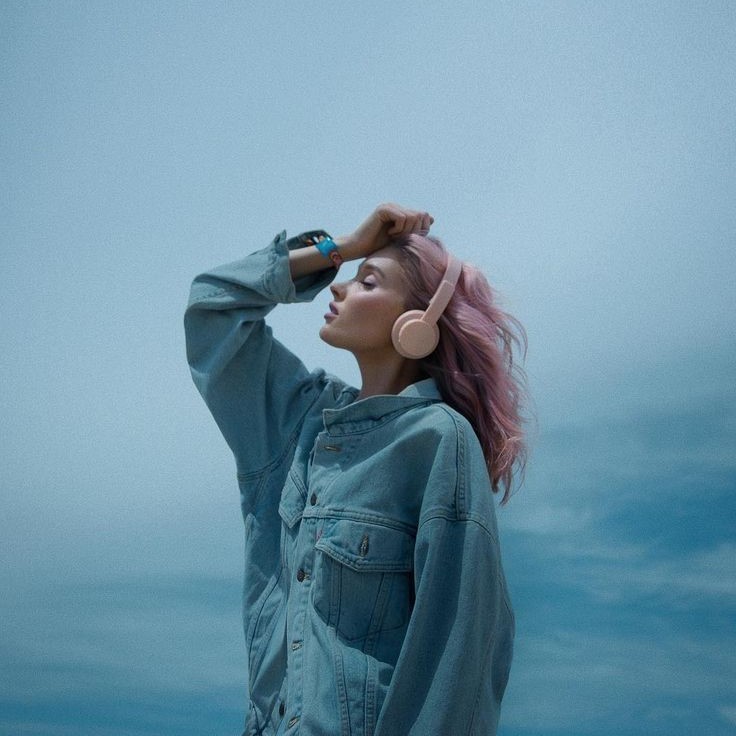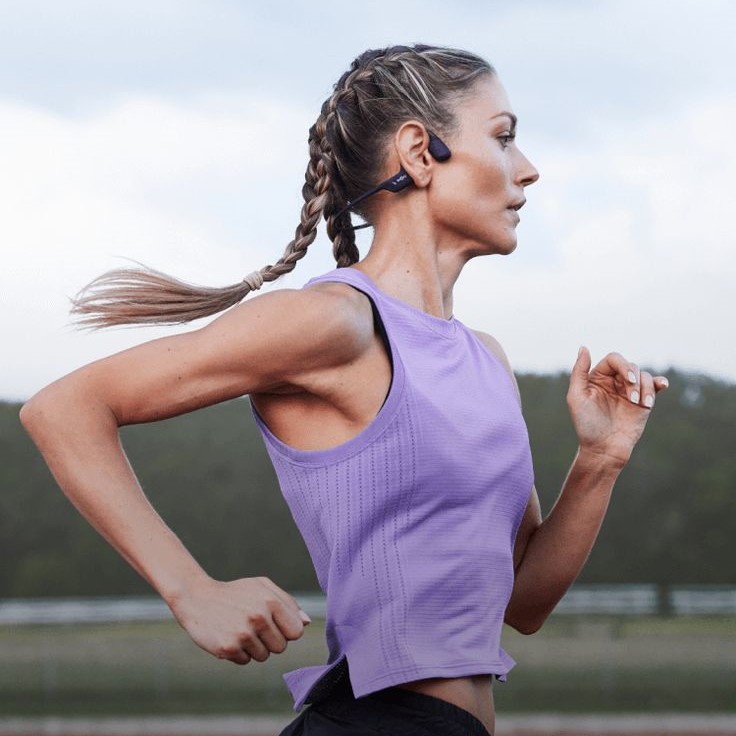In the process of photography and videography, the control and utilization of light is very important. In order to obtain better shooting results, photographers and videographers often use various types of lamps to provide suitable light. Action camera flash is one of the common choices. Compared with other shooting lights, action camera flashlight flash has its unique advantages and applicable scenarios. This article will compare action camera flashes with other shooting lights to help photographers and videographers better choose the lights that suit their needs.

Action camera flash
An action camera flashlight flash is a portable light that is usually battery powered. It can provide strong, prominent light, suitable for a variety of shooting situations, especially when quick reactions and shifts are required. Action camera flash has the following advantages:
- Portability: The action camera flash is small in size and light in weight, making it easy to carry and move. Photographers can carry multiple flashes with them to meet different shooting needs.
- Quick Response: The action camera flashlight flash can quickly respond to shooting instructions and provide instant high-brightness light. This makes it very useful in situations where snapshots or fast movements are required.
- Versatility: Action camera flashes usually have multiple functions, such as adjusting brightness, color temperature and flash mode, etc., allowing photographers to make flexible adjustments according to their needs.
Continuous light
A continuous light is a light fixture that provides continuous light, usually using bulbs or LED lights as the light source. The continuous light can provide stable lighting, which is suitable for shooting video or scenes that need to be shot for a long time. Compared with action camera flash lights, continuous lights have the following characteristics:
- Heat Concerns: Since continuous lights require an uninterrupted supply of light, they generate high heat. This may cause the fixture to overheat, requiring additional cooling measures.
- Energy Consumption: Continuous lights usually require a higher power supply and therefore consume more electricity. This makes it require more power when running on battery power.
- Color temperature adjustment: Continuous lights usually require additional color filters or dimming equipment to adjust the color temperature, which is relatively cumbersome.
Flash diffuser
A flash diffuser is an add-on that turns a hard flash into soft light. It is usually a cover with a diffuse reflective surface that evenly scatters the light for a soft light effect. Compared with the action camera flashlight flash, the flash diffuser has the following characteristics:
- Soft light: The flash diffuser can convert the hard light flash into soft light, reducing shadows and reflections, making the shooting effect more natural and smoother.
- Easy installation: The flash diffuser can be used simply by inserting it into the flash, and the installation is very convenient.
- Brightness drops: Because the light is evenly diffused, the flash diffuser will make the light fall in brightness. This means that in some scenes where intense light is required, the flash diffuser may not be sufficient.
Reflector
A reflector is a device that uses the principle of reflection to control light. It is usually made of metal, plastic or paper and coated with substances with different reflectivity. Photographers can place reflectors where they need to control the light to reflect or diffuse it. Compared with the action camera flash, the reflector has the following characteristics:
- Control the light: The reflector can control the intensity and direction of the light, making the shooting effect more accurate and satisfying.
- Simple installation: the reflector can be used simply by placing it in the position where the light needs to be controlled, and the installation is very convenient.
- Additional Brackets Needed: If the reflector needs to be fixed in a specific position, the photographer will need additional brackets to support the reflector, which can add to the cost and difficulty of installation.
To sum up, action camera flashes and other shooting lights each have their own advantages and applicable scenarios. Photographers and videographers need to choose the most suitable lamps according to their shooting needs and scene characteristics.









